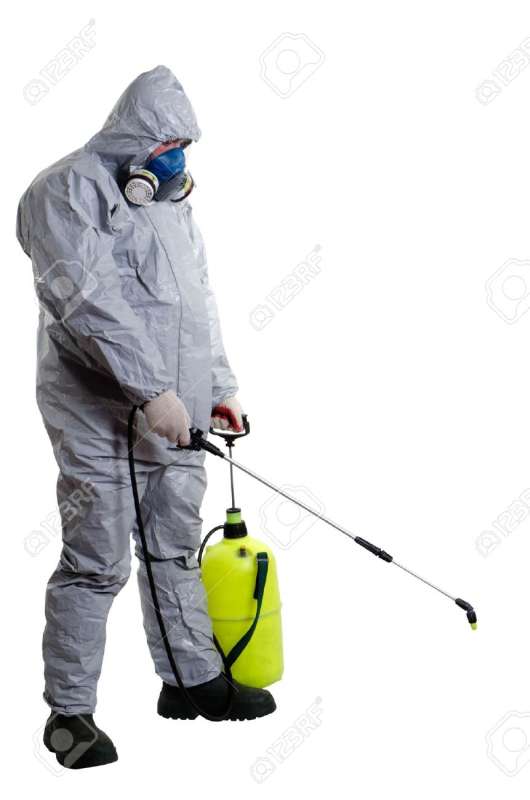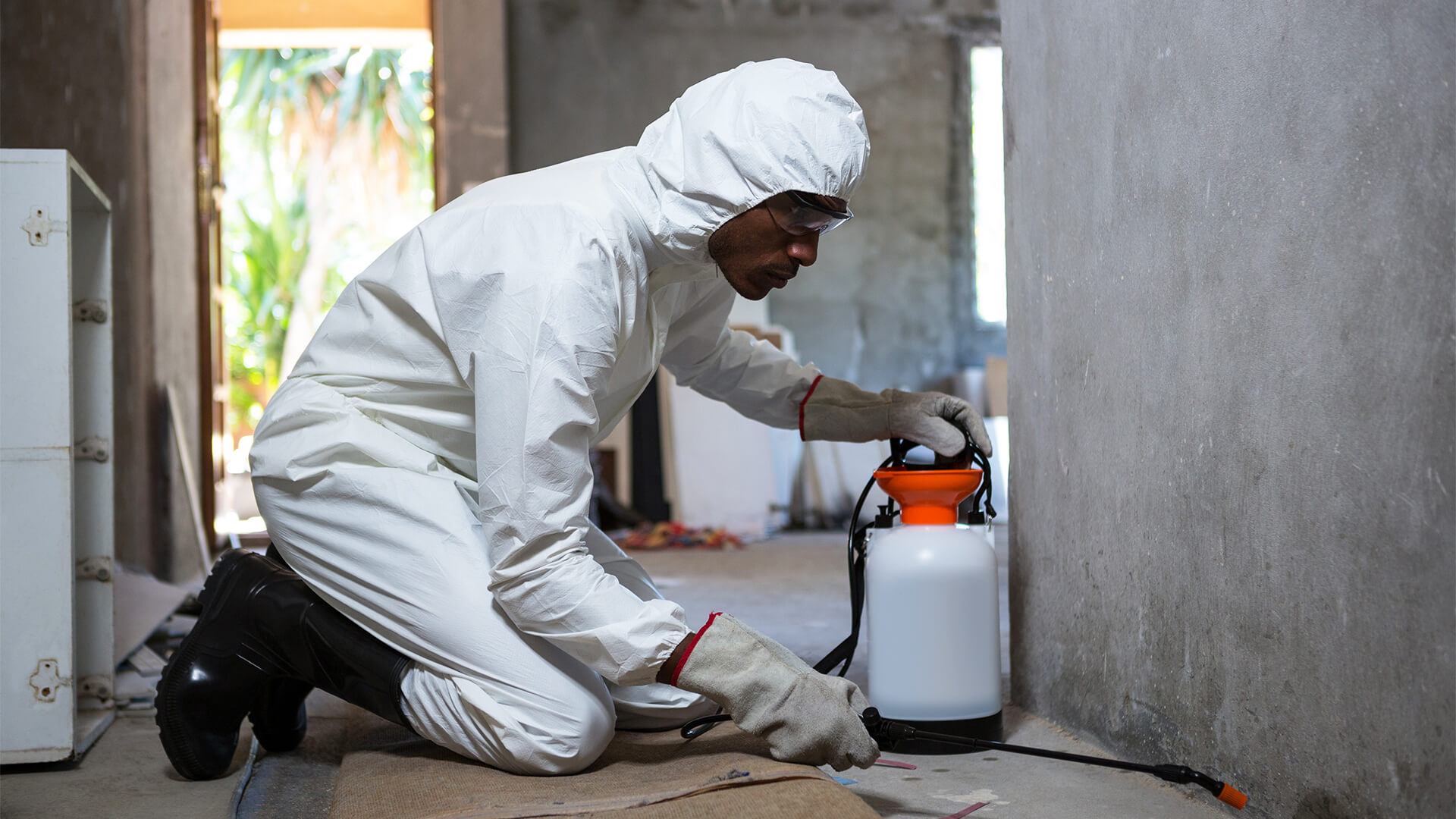

The goals of the SCPH Mosquito Control program are: SCPH continues to provide education to the public on mosquito breeding sites around the home, mosquito testing for encephalitis, treating areas of standing water for mosquito larva, and evening spraying in areas where mosquitoes are cause for concern.
#Mosquito control software
In addition, SCPH is excited to announce that we are integrating specialized computer software into our program which will help us increase program efficiency while better helping to identify areas where mosquito activity may impact human health.

These products are effective at controlling mosquito populations while having very limited impact on non-target species. Currently SCPH is using bacteria-based products to help control larval mosquito populations as well as the least toxic adulticide spray available to the industry.

In recent years, SCPH has transitioned away from using organophosphate-based pesticides to more environmentally friendly and less toxic products. This provides SCPH with information on locations of any infected mosquitoes within the county and where to best focus our mosquito reduction efforts. The mosquitoes are sent to the Ohio Department of Health for testing for West Nile Virus. Surveillance consists of setting 21 strategically located mosquito traps per day in Summit County. in 1999, SCPH increased its focus on surveillance to detect mosquitoes carrying disease. The program, which began in 1976, was a response to LaCrosse encephalitis outbreaks within the county.ĭue to the West Nile Virus (WNV) outbreak in the U.S. Summit County Public Health is entering its 40th year of providing mosquito control for residents.


 0 kommentar(er)
0 kommentar(er)
